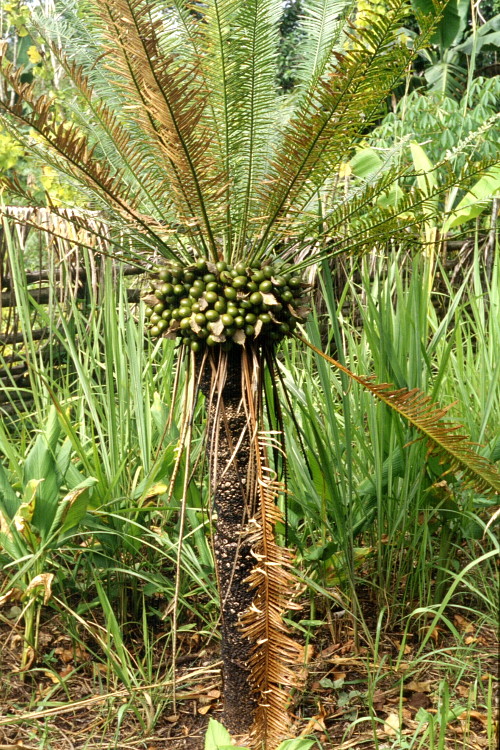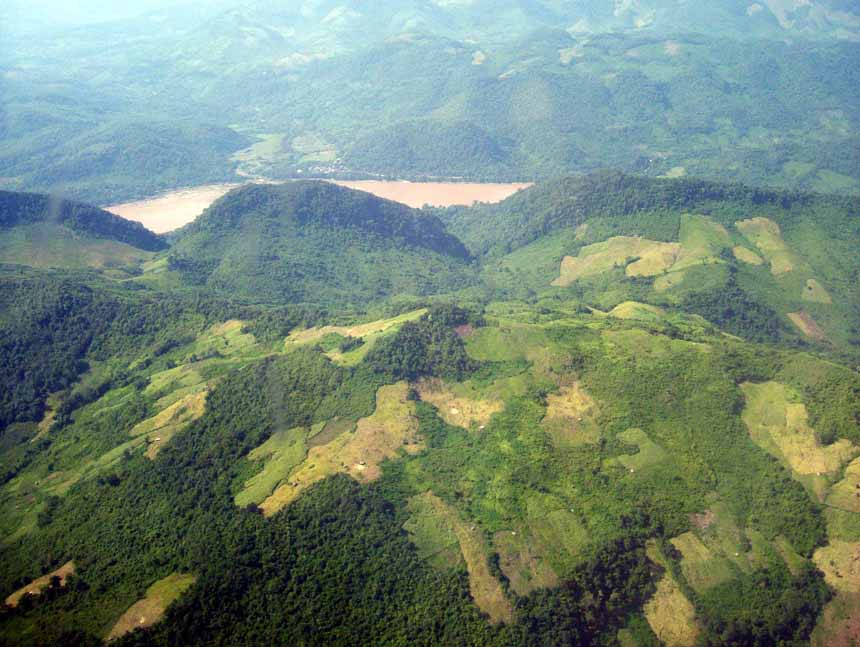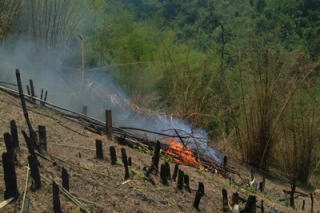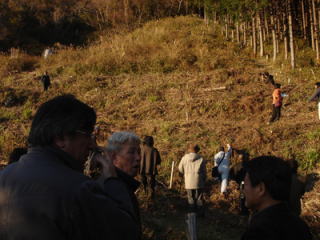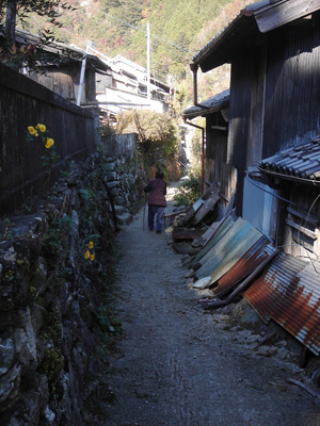| Rice | |
| Rice is the most familiar crop to Japanese, and has also played an important role in monsoon regions of East and Southeast Asia. Rice can be grown in wet paddy, and dry or burnt fields. Exactly where and how was rice first cultivated and what was its impact on the environment? How was the diversity of rice varieties contributed to stable productivity? We are investigating the history of rice agriculture by looking at cultivated and wild rice in monsoon regions. | |
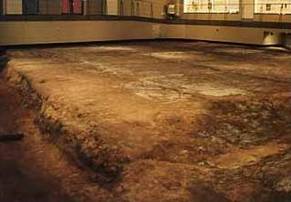 |
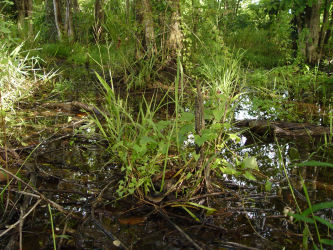 |
| Rice paddy of two thousand years ago (Taruyanagi site, Aomori Prefecture) |
Wild rice in forest (Indonesia) |
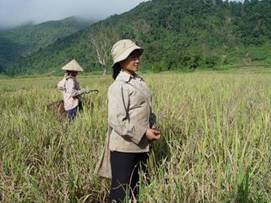 |
 |
| A girl harvesting improved variety of rice in a rice paddy of Vietnam | Dry rice (Laos) |
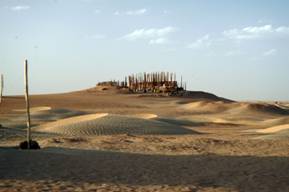
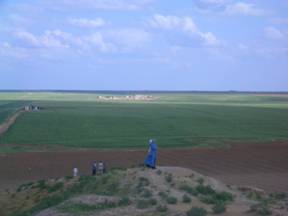

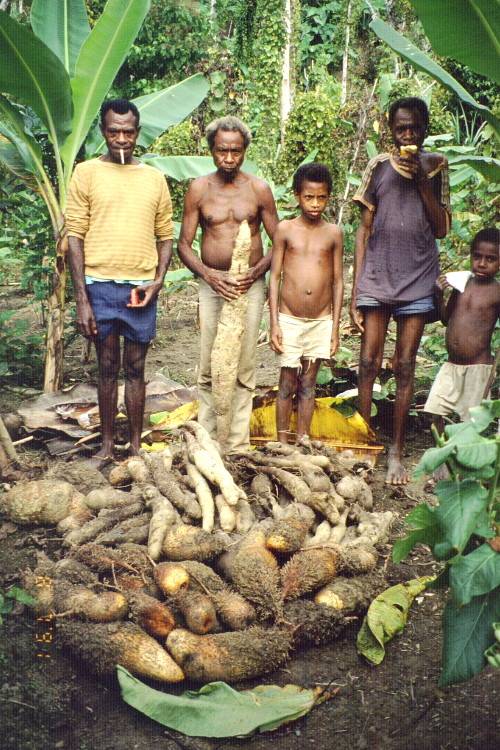
.jpg)
